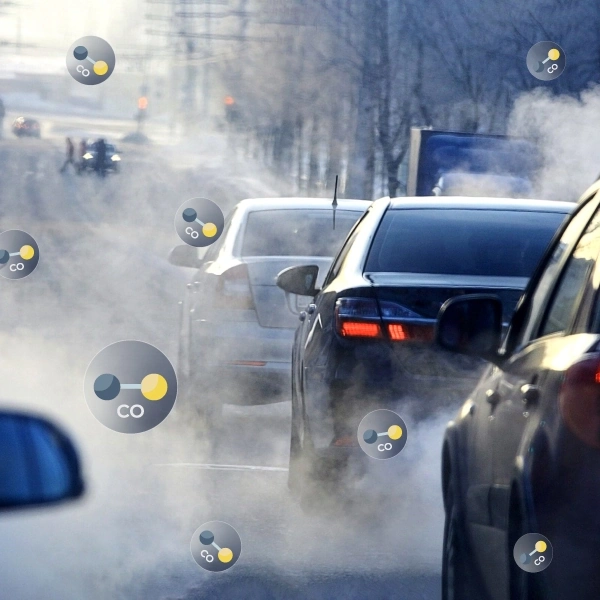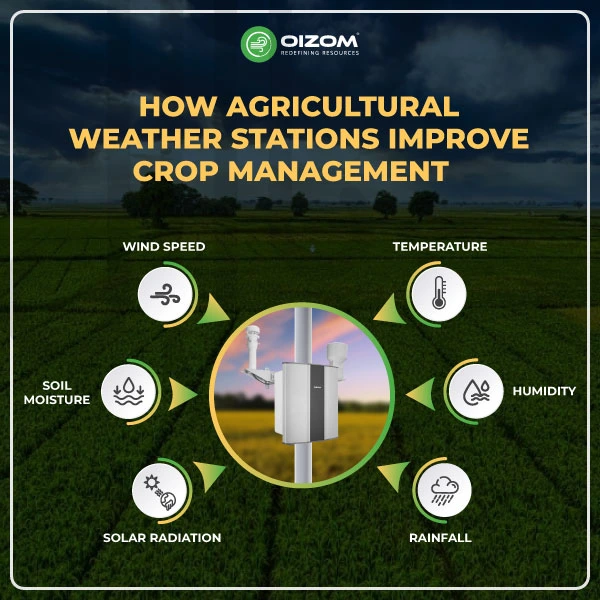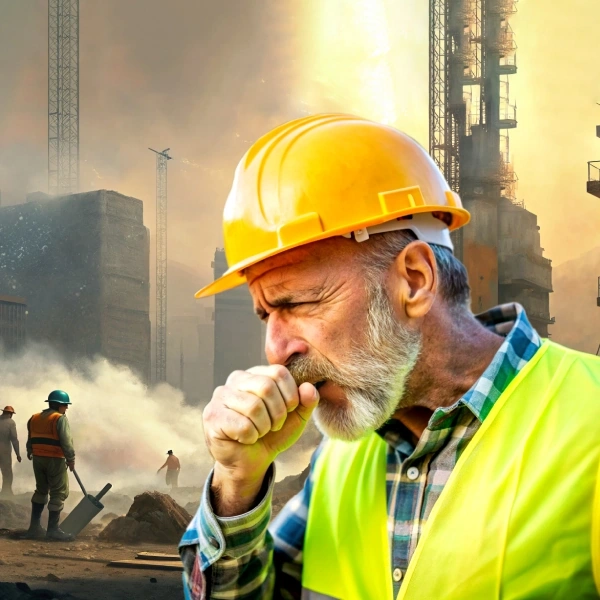Summary of Blog
Carbon monoxide (CO) is an odorless, colorless gas produced by the incomplete combustion of wood, coal, propane, and natural gas. It’s a significant health threat, causing about 430 deaths and over 50,000 emergency room visits annually in the U.S. Key sources of CO include fuel-burning appliances (e.g., gas stoves, fireplaces), vehicles, generators, charcoal grills, tobacco smoke, and blocked chimneys. Poor maintenance, improper installation, and inadequate ventilation can lead to dangerous CO buildup indoors. To prevent CO poisoning, regularly maintain gas-powered appliances, ensure proper ventilation, use generators and grills outdoors, and install CO detectors. The Polludrone air quality monitor can accurately measure CO levels, providing an essential safety measure. Regular inspection and maintenance of appliances, along with reliable CO monitoring, are crucial for protecting against this toxic gas.
The Origins of Carbon Monoxide: What You Need to Know
We hear a lot about toxic gases, which are produced from various sources. Today, I will discuss carbon monoxide, which is often mentioned in headlines. No matter what type of appliance you have or what fuel it runs off, Carbon Monoxide exposure is a serious threat to health and life. Many people are unintentionally exposed to potentially harmful amounts of CO every day.
Let me share a quick CO-related health effects:
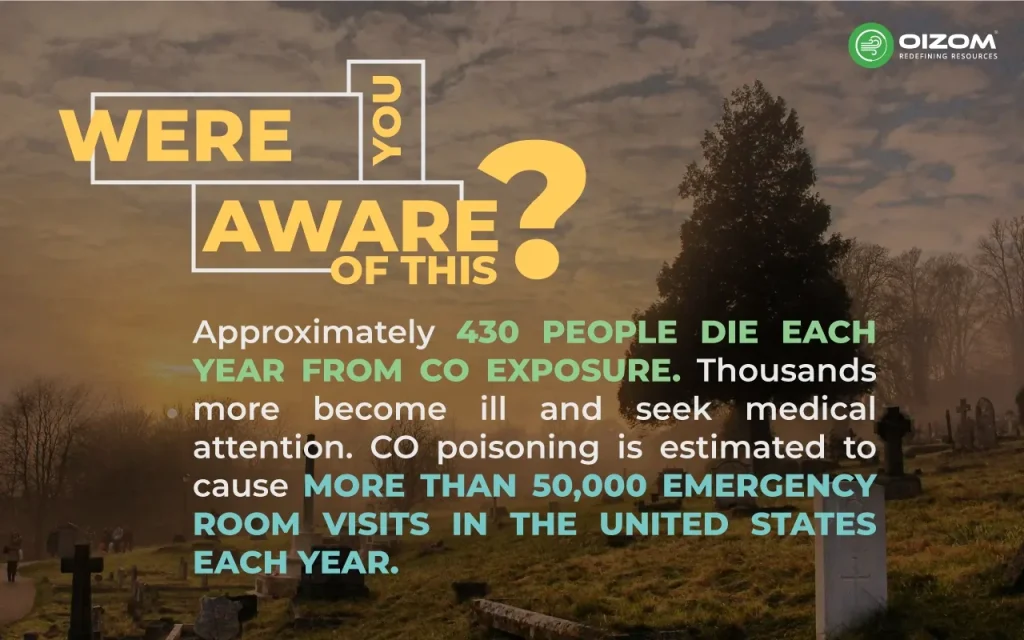
In this article, I am going to discuss how carbon monoxide is produced at various sources and how we can measure CO at these locations.
CO as a byproduct of incomplete combustion
Carbon monoxide (CO) is an odorless, colorless, and tasteless gas that cannot be detected by the human senses. Carbon monoxide poisoning is sometimes referred to as a “silent killer” due to its indistinguishable.
Here, we will talk about how CO is produced by incomplete combustion. Carbon monoxide is produced by incomplete combustion of materials like wood, coal, propane, and natural gas. Carbon monoxide can be hazardous if inhaled.As it enters the bloodstream, it can hinder your body from taking oxygen properly, causing tissue damage and, eventually, death.
According to the CDC, more than 20,000 patients visit the emergency room each year as a result of carbon monoxide poisoning. While no one is immune to the effects of this deadly gas, newborns, the elderly, and persons with heart or respiratory issues are more vulnerable to CO poisoning.
Incomplete Combustion can produce CO:
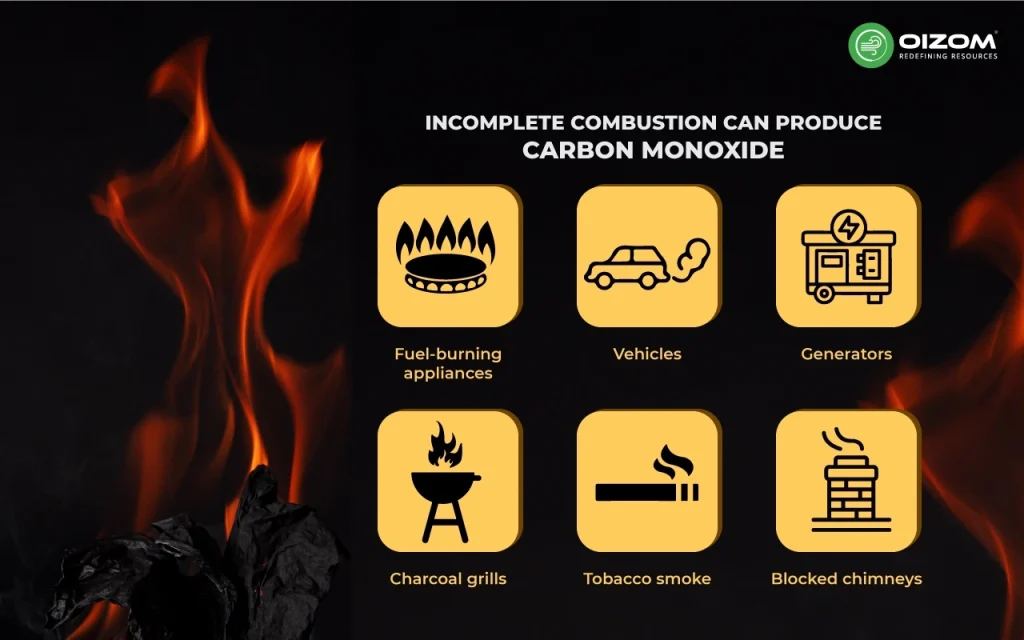
As mentioned above, CO is produced when hydrocarbon fuels such as charcoal, wood, gasoline, natural gas, or propane are burned incompletely.
Poor maintenance, installation, and ventilation of fuel-burning appliances and equipment, such as fireplaces, gas ovens, and generators, can cause a dangerous buildup of CO gas in indoor spaces such as kitchens, garages, and living rooms.
There are various sources for the incomplete combustion of CO; they are mentioned below:
Fuel-burning appliances
It is caused by incomplete combustion of solid, liquid, and gaseous fuels.
Appliances using natural gas, LPG gas, oil, kerosene, coal, or wood may emit CO. Burning charcoal emits CO. Running automobiles emit CO. Indoor cooking and household appliances (gas ranges, wood stoves, gas washers, and dryers) Gas stoves and kitchen ranges can emit carbon monoxide into your home, particularly if they are not properly ventilated, such as with a range hood.
To help prevent this, keep your stove and kitchen range clean and in functioning order.
Vehicles
Many vehicles require fuel combustion to function. Many people enjoy running their cars in the garage on cold mornings for a few minutes.
However, this method may result in a dangerous accumulation of CO in your garage and even inside specific areas of your home. When operating a car in a separate garage, always keep the garage door open. Furthermore, have your exhaust system tested once a year for any potential leaks that could cause CO accumulation within the vehicle.
Generators
Gas-powered portable generators are particularly harmful because they emit large amounts of carbon monoxide when in operation. To ensure safety, always use a portable generator outside, at least 25 feet away, and downwind of any open windows or doors.
Charcoal grills
In the winter, snow and ice storms across the U.S. have caused the loss of electrical power to hundreds of thousands of homes. Because of this, some people may be tempted to use a charcoal grill indoors. According to the U.S. Consumer Product Safety Commission (CPSC), this can be a deadly mistake. Never use a grill in an enclosed space, such as a garage. The CO formed from the burning fuel can accumulate to toxic concentrations.
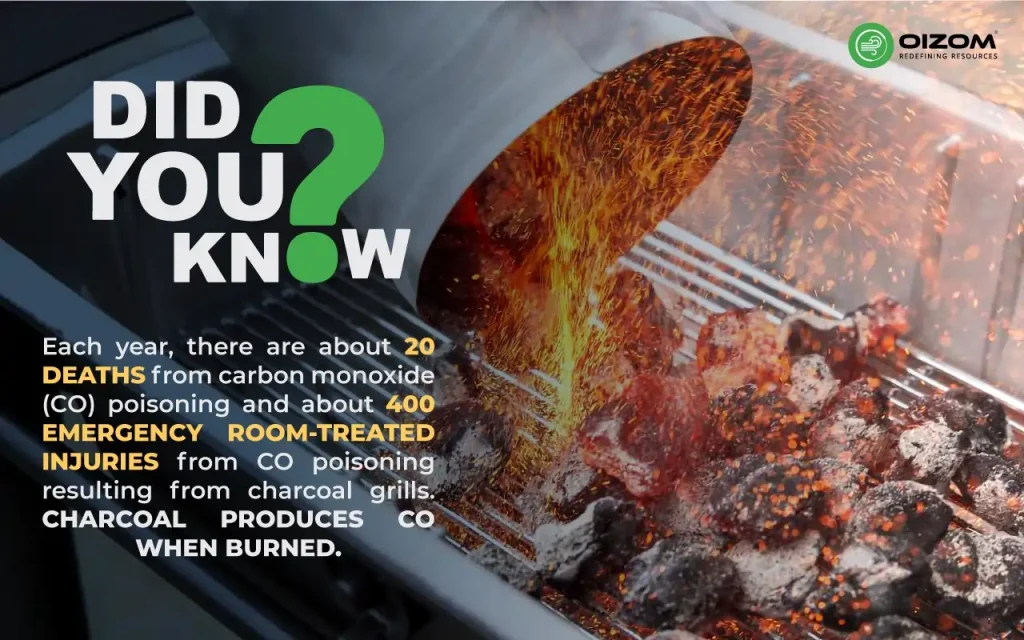
Tobacco smoke
Cigarettes can also emit carbon monoxide, affecting both smokers and those they come into touch with. When you smoke a cigarette, you immediately inhale some of the CO produced by the tobacco combustion within the cigarette. Furthermore, smoking can raise ambient CO levels, particularly in a confined space, increasing CO exposure for those who do not smoke.
Blocked chimneys
You may not realize that an open fire or solid fuel stove can emit carbon monoxide fumes.
Let me inform you. It is a little-known reality that clogged chimneys or flues allow carbon monoxide to enter your home and harm your health or possibly kill you. Chimneys and flues allow carbon monoxide to enter dwelling rooms without your knowledge. It has no smell or color, so you won’t notice it’s there. The only indication will be that you or members of your family feel ill. At greater amounts, CO causes you to collapse and possibly die.
Conclusion
In conclusion, unfortunately, carbon monoxide cannot be seen or smelled, therefore, reliable CO monitoring is the only method to ensure that you are not inhaling the hazardous gas.
However, Monitoring with polludrone can accurately measure low concentrations of CO at ppb level in the ambient air. Moreover, polludrone works on innovative e-breathing technology for higher data accuracy.
Whether you live in a house or an apartment, you should inspect your gas-powered appliances on a regular basis to verify that they are in functioning order and do not produce CO.
If possible, place an exhaust fan above your gas stove that vents to the outside. Remember that many gas-powered appliances continue to operate even when the electricity is turned off.
Thus, turning off the power in your home is ineffective for stopping a CO leak. Keeping your home or apartment, or industry safe from carbon monoxide can be as simple as installing working air quality monitors and regularly maintaining appliances and equipment.
Common household items that burn fuel can emit carbon monoxide. This includes malfunctioning or inadequately ventilated furnaces, gas water heaters, space heaters, fireplaces, and clogged chimneys.
Carbon monoxide is colorless, odorless, and tasteless, making it difficult to detect. However, installing carbon monoxide detectors or air quality monitors is the best way to identify CO in your home or in industries.
Natural gas sources, like volcanoes and forest fires, can release carbon monoxide.
Vehicle exhaust is the leading source of carbon monoxide in the environment.

